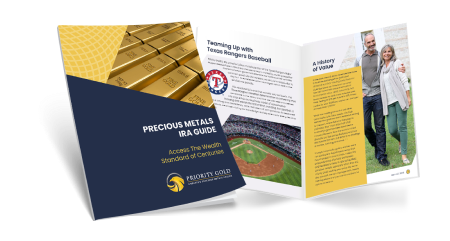What is a Bail-In
Bail-Ins Versus Bail-Outs: What’s the Difference?
Updated: January 19, 2018 | By: Justin Kuepper
 Most people are familiar with the concept of a bailout following global economic crisis, when many governments were forced to rescue private institutions. But, there’s another term that became increasingly common in the financial media during the European sovereign debt crisis — called a “bail-in”. This term reflects a new approach that’s being used as an alternative to bail-outs, which have become unpopular among citizens worldwide.
Most people are familiar with the concept of a bailout following global economic crisis, when many governments were forced to rescue private institutions. But, there’s another term that became increasingly common in the financial media during the European sovereign debt crisis — called a “bail-in”. This term reflects a new approach that’s being used as an alternative to bail-outs, which have become unpopular among citizens worldwide.
Bail-Ins Versus Bail-Outs
Bail-outs occur when outside investors, such as a government, rescue a borrower by injecting money to help make debt payments. For example, U.S. taxpayers provided capital to many major U.S. banks during the 2008 economic crisis in order to help them meet their debt payments and remain in business, as opposed to being liquidated to creditors. This helped save the companies from bankruptcy, with taxpayers assuming the risks associated with their inability to repay the loans.
According to The Economist, the magazine that coined the term “bail-in”, a bail-in occurs when the borrower’s creditors are forced to bear some of the burden by having a portion of their debt written off. For example, bondholders in Cyprus banks and depositors with more than 100,000 euros in their accounts were forced to write-off a portion of their holdings. This approach eliminates some of the risk for taxpayers by forcing other creditors to share in the pain and suffering.
While both bail-ins and bail-outs are designed to keep the borrowing institution afloat, they take two very different approaches to accomplishing this goal. Bail-outs are designed to keep creditors happy and interest rates low, while bail-ins are ideal in situations where bail-outs are politically difficult or impossible, and creditors aren’t keen on the idea of a liquidation event.
The new approach became especially popular during the European Sovereign Debt crisis.
Using Bail-Ins to Save Institutions
Most regulators had thought that there were only two options for troubled institutions in 2008: taxpayer bailouts or a systemic collapse of the banking system. But, bail-ins soon became an attractive third option to recapitalize troubled institutions from within, by having creditors agree to rollover their short-term claims or engage in a restructuring. The result is a stronger financial institution that isn’t indebted to governments or external influencers — only its own creditors.
Similar strategies have been used in the airline industry to keep them running throughout bankruptcy proceedings and other turmoil. In these scenarios, the companies were able to reduce the payments to creditors in exchange for equity in the reorganized company, effectively enabling the lenders to save some of their investment and the companies to stay afloat. The airlines would then benefit from the reduced debt load and their equities – including that issued to debt holders – would increase in value.
Interestingly, bail-ins can complement bail-outs in some cases. Successfully bailing-in some creditors gets rid of some financial strain, while securing additional financing from others helps the situation by reassuring the market that the entity will remain solvent.
But, the risk is always that the bail-in of some creditors will discourage others from getting involved, since they’d need to take on the same reforms. This makes bail-ins less common during systemic crises involving many financial institutions.
The Future of Bail-ins
The use of bail-ins in Cyprus’ banking crisis has led to concerns that the strategy would be used more often by countries when dealing with financial crises. After all, politicians can avoid the thorny political issues associated with taxpayer bailouts, while containing the risks associated with letting a bank failure lead to systemic financial destabilization.
The risk, of course, is that the bond markets will react negatively. Bail-ins becoming more popular could increase risks for bondholders and therefore increase the yield that they demand to lend money to these institutions.
These higher interest rates could hurt equities and end up costing more over the long-term than a one-time recapitalization by making future capital much more expensive.
In the end, many economists agree that the world is likely to see a combination of these strategies in the future. With Cyprus having set a precedent, other countries now have a template for the actions and an idea of what will occur afterwards. The financial markets, on the other hand, remain anxious as share prices in Cyprus banks have reflected.















